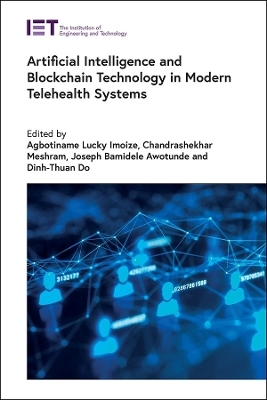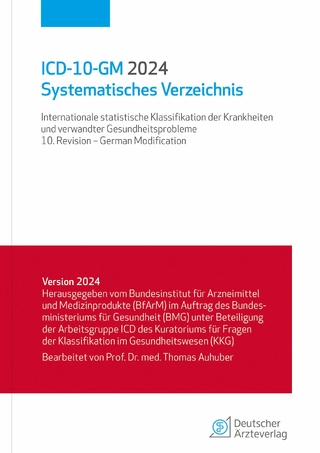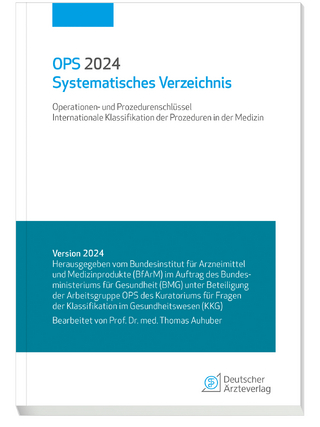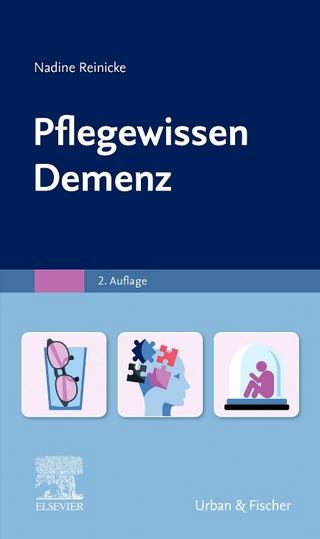
Artificial Intelligence and Blockchain Technology in Modern Telehealth Systems
Institution of Engineering and Technology (Verlag)
978-1-83953-863-6 (ISBN)
The expansion of telehealth services is enabling healthcare professionals to consult, diagnose, advise or perform tasks remotely, enabling them to treat more patients in their own homes or consult on cases on the other side of the world. The security of sensitive user information is critical to effective and efficient delivery of healthcare services. Artificial intelligence (AI) and blockchain technology are identified as key drivers of emerging telehealth systems, enabling efficient delivery of telehealth services to billions of patients globally. Specifically, AI facilitates the processing and analysis of complex telehealth data, and blockchain technology offers decentralised, transparent, traceable, reliable, trustful, and provable security to telehealth systems.
This edited book reviews security and privacy issues in traditional telehealth systems and focuses on the technical considerations, potential opportunities and critical challenges currently inhibiting the adoption of AI and blockchain in telehealth systems. The book presents case studies which highlight critical lessons and considers the prospects and societal benefits of AI and blockchain, while providing suitable recommendations for designing future AI and blockchain-based telehealth systems.
Artificial Intelligence and Blockchain Technology in Modern Telehealth Systems is suited to researchers and computer engineers working in healthcare delivery, telemedicine, cybersecurity, data science, AI/ML and those in related fields.
Agbotiname Lucky Imoize is a lecturer in the Department of Electrical and Electronics Engineering at the University of Lagos, Nigeria. His research interests cover the fields of 6G wireless communication, wireless security systems, and artificial intelligence. He is a Fulbright research fellow, the vice chair of the IEEE Communication Society, Nigeria chapter, and a registered engineer with the Council for the Regulation of Engineering in Nigeria (COREN). He is a senior member of the IEEE. Chandrashekhar Meshram is an assistant professor in the Department of Post Graduate Studies and Research in Mathematics, Jaywanti Haksar Government Post Graduate College, Raja Shankar Shah University, India. His research interests include cryptography and its applications, neural networks, the IoT, wireless sensor networks (WSNs), medical information systems, ad-hoc networks, number theory, fuzzy theory, time series analysis, climate change, mathematical modeling, and chaos theory. He has published over 150 scientific articles in international journals and conferences. Joseph Bamidele Awotunde is a lecturer with the Computer Science Department, University of Ilorin, Nigeria. He has authored or co-authored over 100 articles, 60 book chapters and over 40 conference proceedings. His research interests include information security, cybersecurity, bioinformatics, artificial intelligence, the internet of medical things, wireless body sensor networks, telemedicine, m-health/e-health, medical imaging, software engineering, and biometrics. He holds a PhD degree in computer science from the University of Ilorin, Nigeria. Dinh-Thuan Do is an assistant professor of computer and electrical engineering in the School of Engineering at the University of Mount Union, USA. His research interests include signal processing in wireless communications networks, non-orthogonal multiple access, full-duplex transmission, and reconfigurable intelligent surfaces (RIS). He was a recipient of the Golden Globe Award from the Vietnamese Ministry of Science and Technology in 2015 (Top ten excellent scientists nationwide). He is a senior member of the IEEE.
Chapter 1: An overview of artificial intelligence and blockchain technology in telehealth systems
Chapter 2: Taxonomy of artificial intelligence and blockchain technology in telehealth systems
Chapter 3: A review of AI-based wireless communication channels, models and protocols for telehealth systems
Chapter 4: Artificial intelligence and blockchain technology for efficient electronic medical record management
Chapter 5: Artificial intelligence and blockchain enabling data access authorization in telehealth systems
Chapter 6: Artificial intelligence and blockchain-assisted projects and synergies for telehealth systems
Chapter 7: Recent advances in AI and blockchain technology in modern telehealth systems
Chapter 8: Architectural design criteria for AI and blockchain technology in telehealth systems
Chapter 9: Addressing computational complexity issues in telehealth systems using artificial intelligence and blockchain technology
Chapter 10: Examining the potential issues and risks associated with the integration of AI and blockchain technology in telehealth systems
Chapter 11: Artificial intelligence and Blockchain technology enabling cybersecurity in telehealth systems
Chapter 12: Testing and validation of AI and blockchain-based models for application in telehealth systems
Chapter 13: Mitigating cyber threats in healthcare systems: the role of artificial intelligence and machine learning
Chapter 14: Government regulatory policies on telehealth data protection using artificial intelligence and blockchain technology
Chapter 15: Legal frameworks for artificial intelligence and blockchain technology in telehealth systems
Chapter 16: Application of artificial intelligence and blockchain technology in telehealth systems: innovation, technology, challenges, and prospects
Chapter 17: Location information privacy protection method considering human presence probability
Chapter 18: Emerging case studies on the application of AI and blockchain technology in telehealth systems
Chapter 19: Achieving quality healthcare using Blockchain technology for detecting fake drugs
Chapter 20: Cybersecurity in centralized healthcare systems: overview, design framework, challenges, and research trends
Chapter 21: Artificial intelligence and blockchain for robust healthcare delivery: from the perspective of security and confidentiality
| Erscheinungsdatum | 03.02.2024 |
|---|---|
| Reihe/Serie | Healthcare Technologies |
| Verlagsort | Stevenage |
| Sprache | englisch |
| Maße | 156 x 234 mm |
| Themenwelt | Informatik ► Weitere Themen ► Bioinformatik |
| Medizin / Pharmazie | |
| ISBN-10 | 1-83953-863-5 / 1839538635 |
| ISBN-13 | 978-1-83953-863-6 / 9781839538636 |
| Zustand | Neuware |
| Haben Sie eine Frage zum Produkt? |
aus dem Bereich


